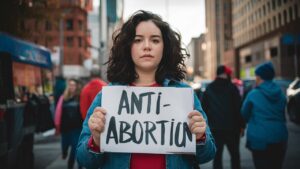Tesla Reports Q1 2024 Earnings: Revenue Declines, Stock Surges on Future Plans
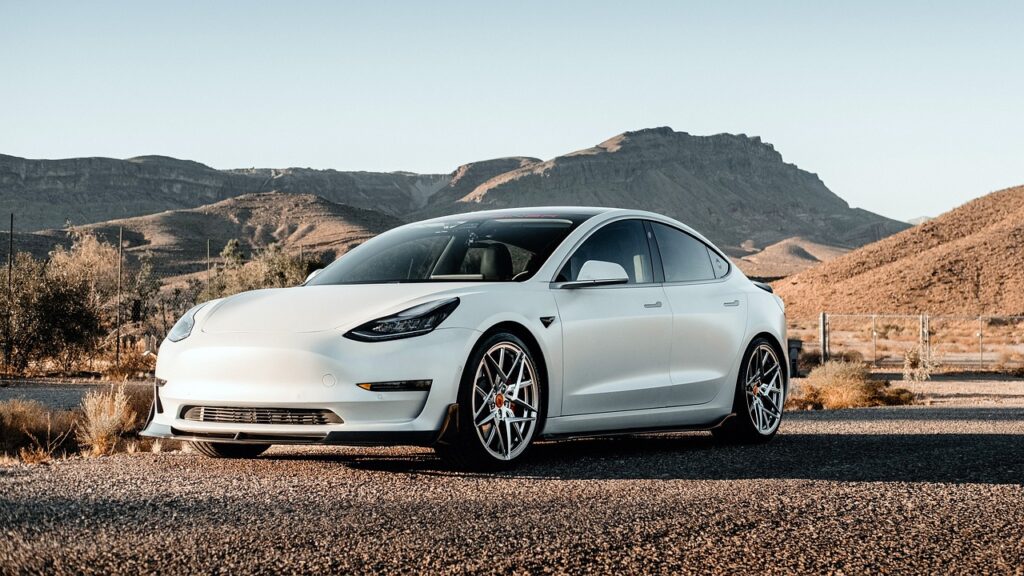
Tesla Inc. (NASDAQ: TSLA) reported its first-quarter 2024 financial results on Tuesday, revealing a 9% year-over-year decline in revenue to $21.30 billion, falling short of analysts’ expectations of $22.15 billion. The company’s net income also dropped 55% to $1.13 billion, or 34 cents a share. Despite the disappointing figures, Tesla’s stock jumped 13% in extended trading after CEO Elon Musk announced plans to start production of affordable new electric vehicles by early 2025.
Financial Highlights and Challenges
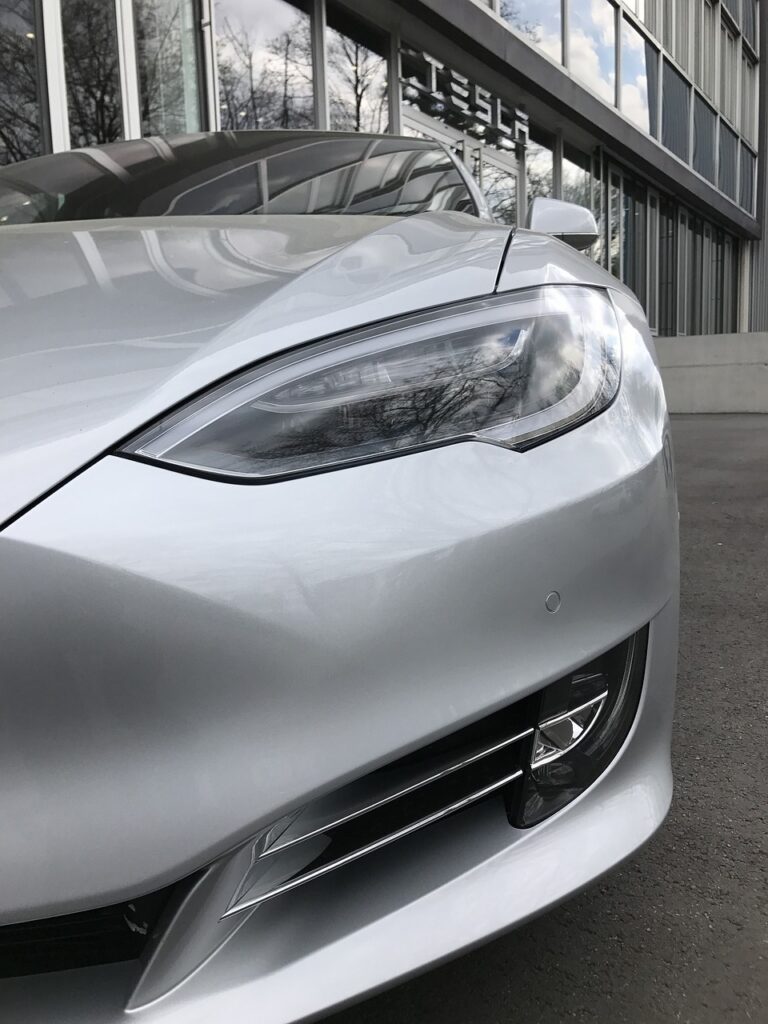
Tesla’s earnings per share came in at 45 cents, missing the expected 51 cents. The company’s automotive revenue declined 13% year-over-year to $17.38 billion in the first quarter. The drop in sales was even steeper than the company’s last decline in 2020, which was due to disrupted production during the Covid-19 pandemic.
Tesla’s gross profits plummeted 18% in the first quarter, partly due to price cuts this year. Sales growth across EVs is slowing, and Tesla and key rivals have been slashing EV prices to try to spur demand. The company’s energy division revenue increased 7% to $1.64 billion, while services and other revenue rose 25% to $2.29 billion compared to the same period last year.
Capital expenditures rose 34% to $2.77 billion, and free cash flow turned negative with a deficit of $2.53 billion, attributed to inventory buildup and investments in AI infrastructure. Tesla attributed the negative figure to a $2.7 billion buildup in inventory and $1 billion in capital expenditures on “AI infrastructure.”
Future Plans and Optimism
Despite the challenges, Tesla remains optimistic about its future prospects. The company plans to accelerate the launch of new models, including more affordable options, which will be produced on the same manufacturing lines as its current vehicle lineup. Tesla aims to fully utilize its existing production capacity and achieve more than 50% growth over its 2023 production before investing in new manufacturing lines.
During the earnings call, Musk highlighted Tesla’s investments in artificial intelligence infrastructure and revealed that the company is in talks with one major automaker to license its driver assistance system, known as Full Self-Driving (FSD) in the U.S. The company also showed off screens of a robotaxi-based ride-hailing service, which has been a long-standing promise from Musk.
Musk said on the call that the company plans to start production of new models in “early 2025, if not late this year,” after previously expecting to begin in the second half of 2025. In its shareholder deck, Tesla reiterated a pessimistic outlook for 2024, telling investors that “volume growth rate may be notably lower than the growth rate achieved in 2023.”

Restructuring and Recognition of Deferred Revenue
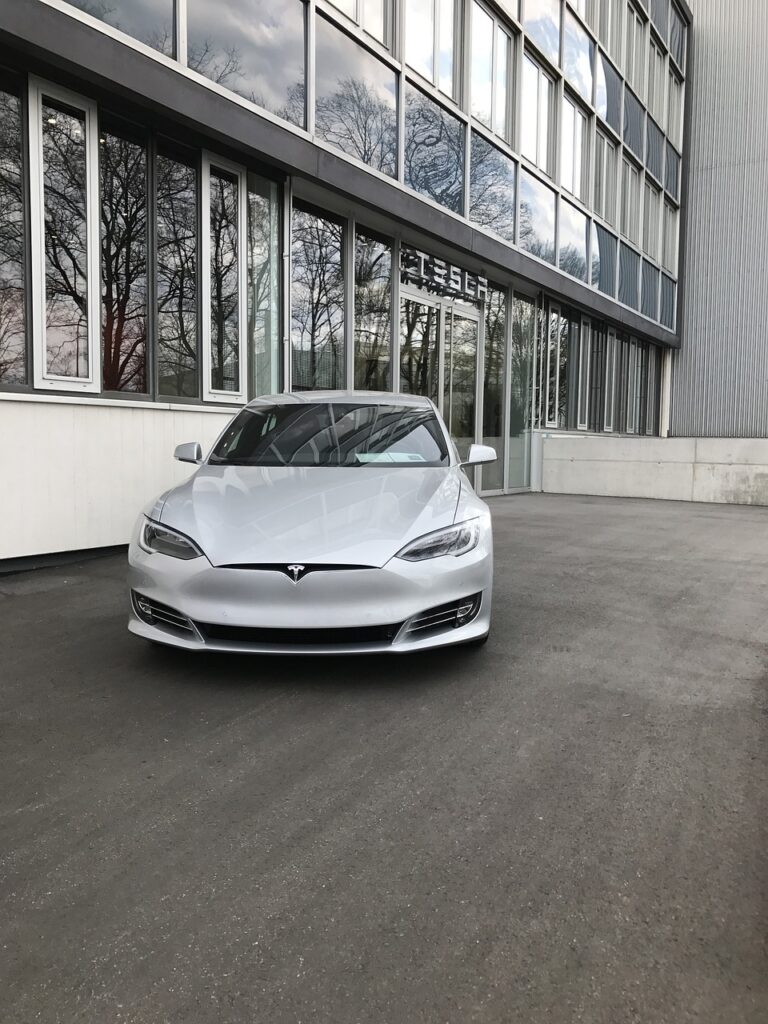
Tesla recently embarked on a massive restructuring, with two executives, Drew Baglino and Rohan Patel, resigning. Musk said last week in a companywide memo that the automaker was cutting more than 10% of its global workforce. The company recognized deferred revenue from earlier sales of its FSD option, with the release of the Autopark feature in North America contributing to the recognition.
Analyst Chris Redl estimates that Tesla recognized up to $700 million in deferred revenue from FSD in the quarter, roughly 4.3% of Tesla’s automotive revenue after stripping out regulatory credits. Tesla said total sales included revenue from earlier sales of its FSD option.
Martin Viecha, Tesla’s vice president of investor relations, announced his departure from the company during the earnings call, with Musk thanking him for his seven years of service.
Navigating Challenges and Future Prospects
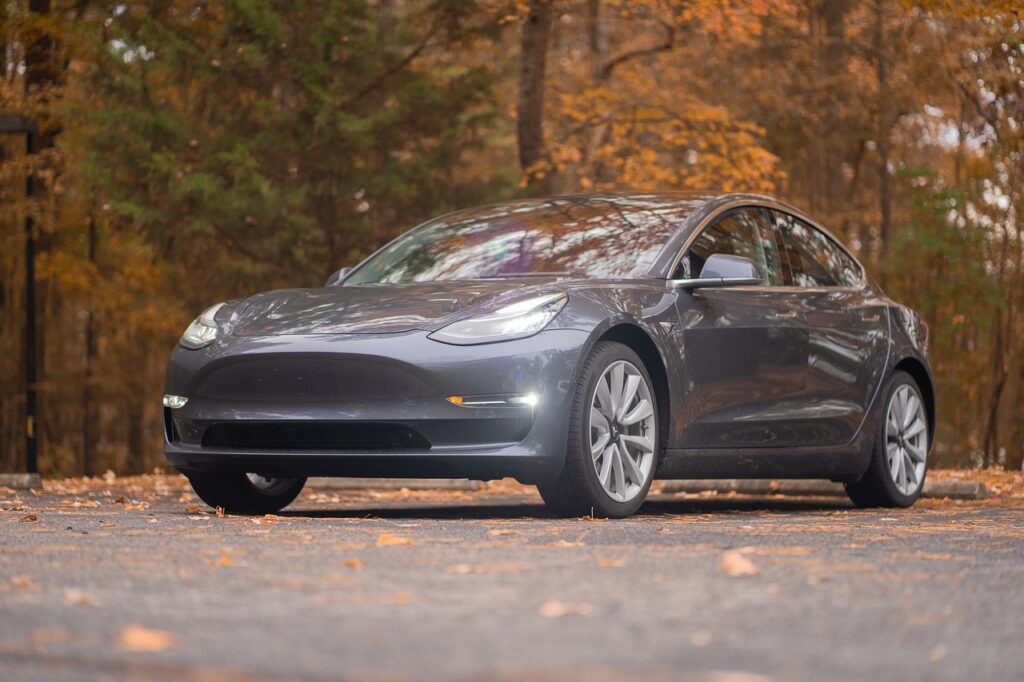
As Tesla navigates the challenges of slowing EV sales growth and increased competition, the company’s focus on affordable models, autonomous driving technology, and strategic partnerships could pave the way for future success in the rapidly evolving electric vehicle market. Musk expressed confidence that the second quarter will be “a lot better” and reaffirmed his commitment to making Tesla “very prosperous.”
When asked about his intention to leave Tesla given his many roles, Musk did not provide a direct answer but emphasized that he spends the majority of his time at work and rarely takes time off. Tesla’s future prospects will depend on its ability to execute its plans for new affordable models, fully utilize existing production capacity, and achieve breakthroughs in autonomous driving technology.


